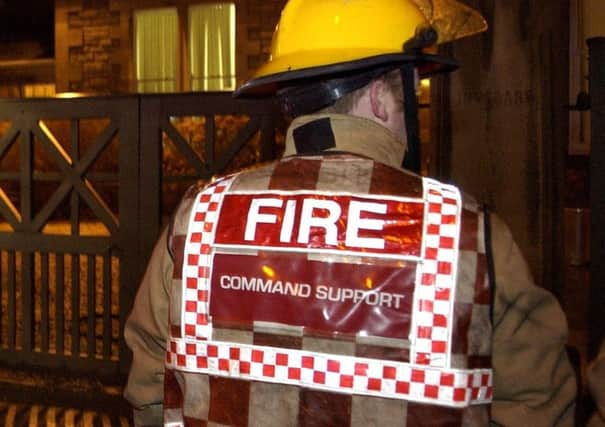False alarm calls are '˜draining resources' say Fife firefighters


The issue has been branded “a real problem” which was “draining significant resources.’’
The figures were given to councillors at a meeting of the environment, protective services and community safety committee.
Advertisement
Hide AdAdvertisement
Hide AdRoddie Keith, local senior area officer, said that they were still experiencing “a real problem” with the number of false alarms which accounted for one in three turn outs.
He said that was “draining a significant resource away from their primary role.’’
Firefighters were called to 1463 false alarms in the last year – an average of four every day.
St Andrews had the highest number of instances, due to the number of student housing and older fire systems installed in them.
Advertisement
Hide AdAdvertisement
Hide AdThe service says it is working with the university to upgrade systems to help reduce the number of call outs.
On average, firefighters were also called out to false alarms from businesses testing fire system without letting the service know, around once a week – that accounted for five per cent of the total.
Cllr Margaret Kennedy asked if there were stronger measures which could be taken to reduce the number – such as fining companies.
Mr Keith said the it took a zero tolerance approach, but added: “While there have been some cases down south of fines being issued, it is our stance that we’d rather work with the businesses and maintain a strong relationship.”
Advertisement
Hide AdAdvertisement
Hide AdCllr Gordon Langlands questioned why hospital false alarm call outs were still so high – at 14 per cent – when the systems had been upgraded.
Mr Keith said: “Because of the nature of hospitals, in having the most vulnerable people, their systems are still the most sensitive.
“However, there has been a lot of work in helping reduce the number of appliances we need to send these to these incidents thanks to the upgrade.”
“Previously, Victoria hospital for instance, was all wired up on the one system. When the alarm was raised, we would send six appliances. There have been months of work separating these systems so that we can now send a reduced number of appliances for smaller buildings which reduces the overall vehicular attendance.”
He added that while the figure was still high for false alarms, he had seen a reduction of 16% in the last year – higher than the national average – thanks to the initiatives.